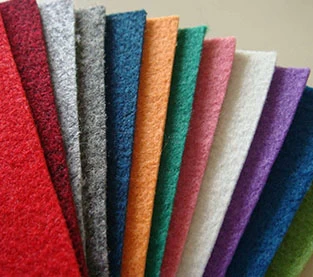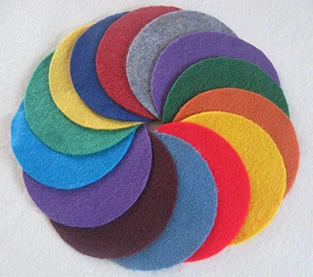Product: ES Material Fiber Nonwoven Fabric For Packaging
Raw Material: PP+PE
Nonwoven Technology: thermal bonded
Dotted Design: dot or plain
Gram: 25 gsm - 30 gsm
Color: White
Specification: custom
Sample: Can be provided without charge, freight to be collect
Applications:
Medical(20-60gsm): face masks,diapers,bed sheets,curtains,pillow covers,sanitary,etc
Packaging(25-30gsm): tea bag, coffee bag/filter paper, dust-proof covers.etc
Product: ES Thermal Bonded Non Woven Fabric For Tea Bag
Raw Material: PP+PE
Nonwoven Technology: thermal bonded
Dotted Design: dot or plain
Gram: 25 gsm - 30 gsm
Color: White
Specification: custom
Sample: Can be provided without charge, freight to be collect
Applications:
Medical(20-60gsm): face masks,diapers,bed sheets,curtains,pillow covers,sanitary,etc
Packaging(25-30gsm): tea bag, coffee bag/filter paper, dust-proof covers.etc
Product: Composite Non Woven Paper Desiccant Packaging Material
MOQ: 1000 kg
Material: Composite Non Woven Paper
Specification: Custom sizes.
Design: Welcome custom logo and design. Welcome OEM.
Color: Full Color of CMYK,Pantone Color as customer requirements
Weight: Based on size & material,thickness
Delivery Time: 10-15 days after confirmed the final artwork and order
Product: Desiccant Wrapping Paper
MOQ: 1000 kg
Material: DuPont Material
Specification: Custom sizes.
Design: Welcome custom logo and design. Welcome OEM.
Color: Full Color of CMYK,Pantone Color as customer requirements
Weight: Based on size & material,thickness
Delivery Time: 10-15 days after confirmed the final artwork and order
Product: Bi-component Non Woven Fabric Desiccant Packaging Material
MOQ: 1000 kg
Material: Bi-component Non Woven Fabric
Specification: Custom sizes.
Design: Welcome custom logo and design. Welcome OEM.
Color: Full Color of CMYK,Pantone Color as customer requirements
Weight: Based on size & material,thickness
Delivery Time: 10-15 days after confirmed the final artwork and order
Product: Spunbond Non Woven Fabric Custom Desiccant Packaging Material
MOQ: 1000 kg
Material: Spunbond Non Woven Fabric
Specification: Custom sizes.
Design: Welcome custom logo and design. Welcome OEM.
Color: Full Color of CMYK,Pantone Color as customer requirements
Weight: Based on size & material,thickness
Delivery Time: 10-15 days after confirmed the final artwork and order
There are three major problems worthy of study in the product standards of geotextiles. In the practical application of geotextiles, there are some problems worth studying, such as the following three aspects.
1. The equivalent aperture allowable range should be modified reasonably
In the product standards for staple fiber needled geotextiles(China Polyester Felt Sheet Wholesale) and filament spun clay fabrics, the equivalent aperture is allowed to range from 0.07 to 0.20 mm; it is specified in the product standards for filament woven geotextiles and split woven geotextiles. The aperture is allowed to range from 0.07 to 0.50 mm. In the actual construction of the project, the geotextile(Non Woven Polyester Felt Company) should be isolated and filtered. Generally, the equivalent aperture index is required to reach O90<0.07 mm. Therefore, when the standard is revised, the needs of the project should be fully considered, and the allowable range of the equivalent aperture should be specified more rationally and scientifically.


2. The specifications required by the aperture and vertical permeability coefficients conflict with each other.
Some sandbags produced by some enterprises (ie, one type of split woven geotextile) often require a smaller aperture and a larger vertical permeability coefficient. These two requirements are often contradictory and need to be further studied and resolved.
3. Reasonable formulation of the allowable range of elongation at break
Elongation at break is used to assess the elongation of geotextiles(Non Woven Fabric Polyester Vendor). It is an indispensable indicator for geotextile testing. In the geotextile spot check, the unsatisfactory elongation at break of the wide strip tensile test accounted for 24.3%. In the product standard, the elongation at break index is a specified range, but if the range is too wide, the meaning of the assessment is lost, and the range is too narrow and does not meet the extensive needs of various projects. Therefore, it is possible to consider the specific range of the uncertainty of the elongation at break index, but only the upper and lower tolerance ranges for product design indicators or construction requirements.